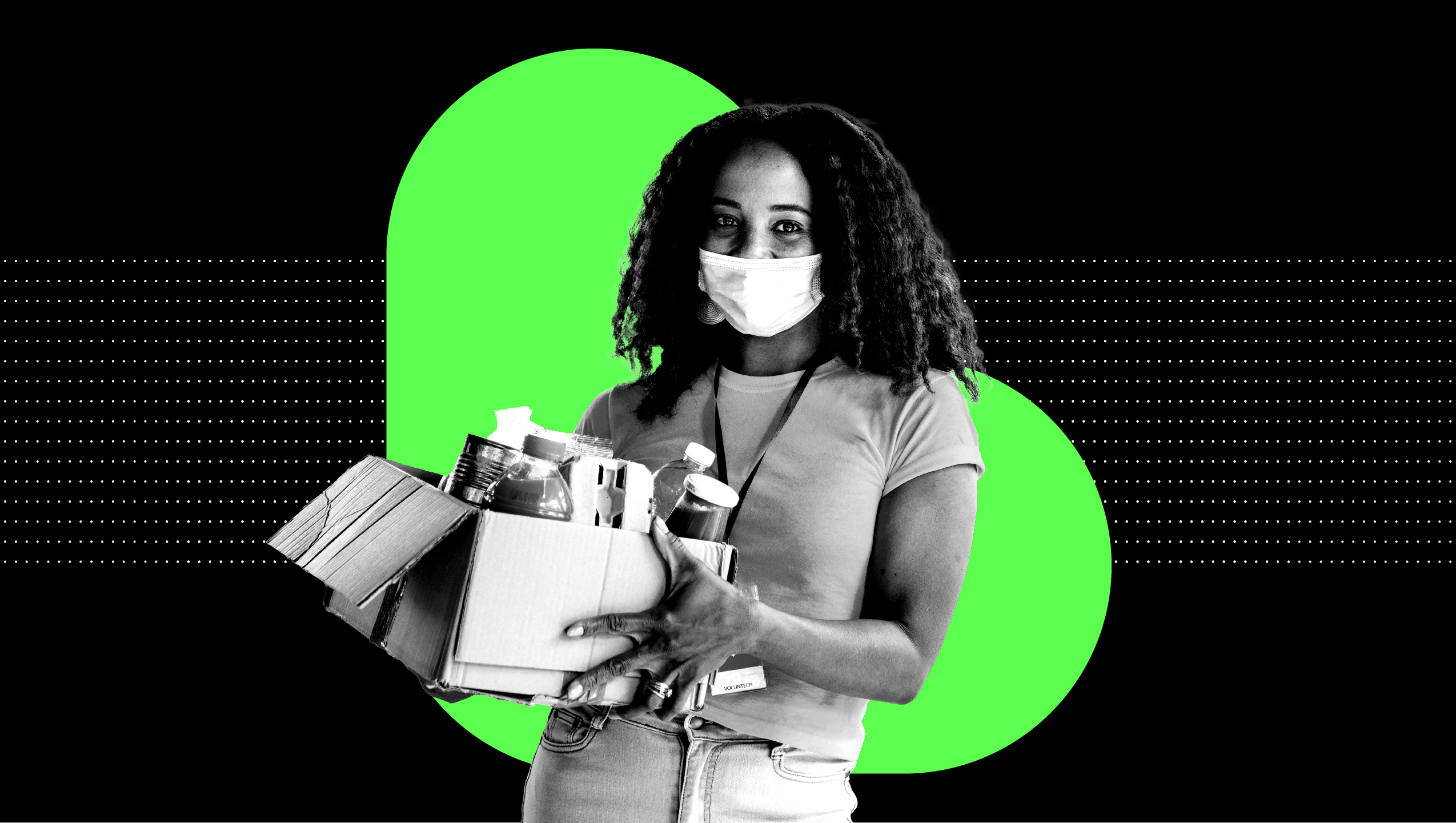
Why Non-profit Organizations Should Look Into Process Mining — Now
The COVID-19 pandemic has uprooted global economies and severely affected the social welfare sector. Non-profit organizations (NPOs) have had to adapt their operations to new social distancing rules, shift priorities quickly, and react to the sudden and unpredictable changes of funding streams, e.g. increased willingness to donate. While many NPOs have made tremendous efforts to navigate these new challenges, too often, they’re still being dragged down by missing transparency in their operations, resulting in systemic process inefficiencies.
Now is the time to change that. Here’s why NPOs should look into Process Mining — and why the Celonis Execution Management System (EMS) is key for one of Germany's largest social welfare organizations to streamline operations, maximize impact, and understand donors better than ever.
Joining forces to drive social impact
With more than 500,000 volunteers, Caritas cares for, accompanies, and supports around 13 million people in Germany across all kinds of social services. Elderly and disadvantaged people are largely the focus of its activities. A major support pillar for such an impactful organization are private and corporate donations — for which Caritas maintains a close relationship with donors.
With the goal to uncover new insights into the donations process, a regional association of Caritas partnered with 180 Degrees Consulting (180DC) Munich, an academic partner of Celonis. With more than 70 completed projects and extensive Process Mining training, the 180DC Munich team brings the relevant skillset to support Caritas in its Process Mining journey.
In order to take Caritas’ fundraising to the next level, 180DC Munich was looking for answers to questions that many social organizations face: which campaigns achieve the highest donation amounts? What does the typical donor journey look like? And which donor groups are the most important?
How Caritas came to understand their donor journey
To tackle these questions, the academic team kicked off the project by creating the necessary transparency and identifying common campaign types, donor groups and trends within the data.
With an anonymized data set consisting of tens of thousands donors and transactions logged since 2006, Caritas had a solid foundation for analysis. But the initial data exploration didn’t come without hurdles: “We worked through data sets with different formats, duplicates, and inconsistencies that had sneaked into the operational donation management over the last 14 years”, said Simon Rudat, former consultant on the 180DC Munich project team.
As a second step, Caritas and 180DC Munich drove an effectiveness analysis to measure the impact of campaigns, compare the actual process to the target process, and determine a “donor lifetime value”. The latter is a metric inspired by the customer lifetime value from the business world, representing a customer's current value to a company.
The consideration of the donor lifetime value plays a crucial role in managing fundraising activities because donor loyalty to Caritas is high. “With those new metrics in place, Caritas can better evaluate and justify costs for campaigns and measures to attract new clients in the future”, said Rudat.
The 180DC Munich team also explored how factors like campaign costs and deviations in the process impacted the final outcomes - such as response rates and received donations. These metrics were further broken down by regional areas to identify local geographic deviations.
Caritas can now take action on the insights
“The insightful information we got with Celonis will help improve our donation management process in the long term”, said project partner Ulrike Jung, responsible for fundraising at Caritas. These insights include new findings but also the confirmation of existing assumptions from the fundraising team. For example, the data analysis confirmed that the number of active donors is declining, a challenge faced by many social organizations in Germany.
To reverse this trend, 180DC Munich identified three potential levers based on the process insights. First, Caritas can increase the number of new donors through more visibility on social media. In doing so, it reaches a younger target group that has so far received little coverage. The second lever is to reactivate inactive donors through targeted advertising campaigns, which has been shown to be successful in the past. Finally, Caritas can lower the churn rate of active donors through retention programs and reduction of barriers to set up regular giving plans.
Finally, the analysis also showed many promising trends for Caritas. For example, the willingness to donate to the charity’s COVID-19 response efforts was extraordinarily high and particularly moved new donors to action.
"Our goal is to bring the fundraising at Caritas to the next level - and with the unique insights gained from this project, we can now confidently start this journey", explained Jung.
With these actionable results, Caritas will be able to drive donation sourcing initiatives in a purposeful and data-driven way with clear awareness of the expected outcomes - a tremendous success, which was also featured in Caritas’ yearly report (German).
What’s next?
In addition to collaborating on further Process Mining opportunities with Caritas, 180DC Munich is aiming to deepen its traction in this space by identifying further EMS use cases for non-profit organizations.
The use of Process Mining in the context of non-profit organizations is still mostly uncharted territory - with the first experiences in the field yielding promising results. In addition to donation management, many other processes, and questions, are waiting to be explored: how can NPOs ensure a seamless volunteering experience? How can these organizations maximize the effect of their individual care? How can NPOs create spending transparency for donors and investors and track the impact of the donations? These answers may be unknown right now, but Celonis and their partner 180DC Munich are already working on mapping out the journey ahead.
Are you an NPO/NGO and would like to understand how Process Mining can help your organization? Or are you a consultancy looking for engagement in pro-bono work? Reach out to our Sustainability Team to learn more about how to get started with Celonis!






